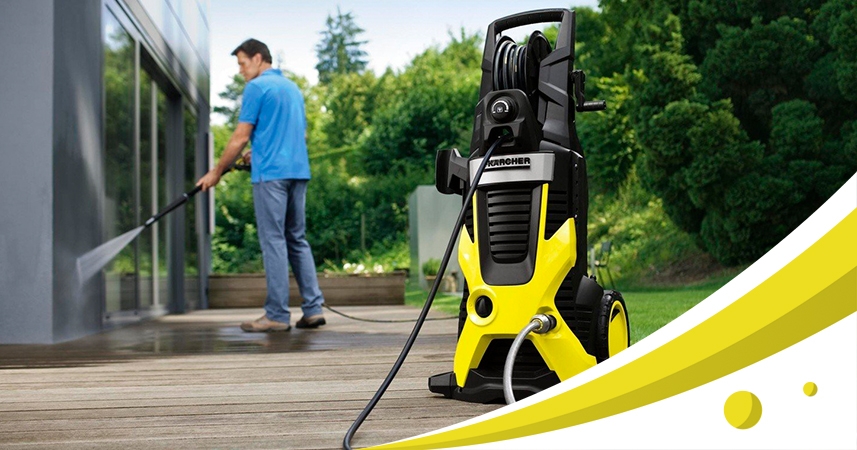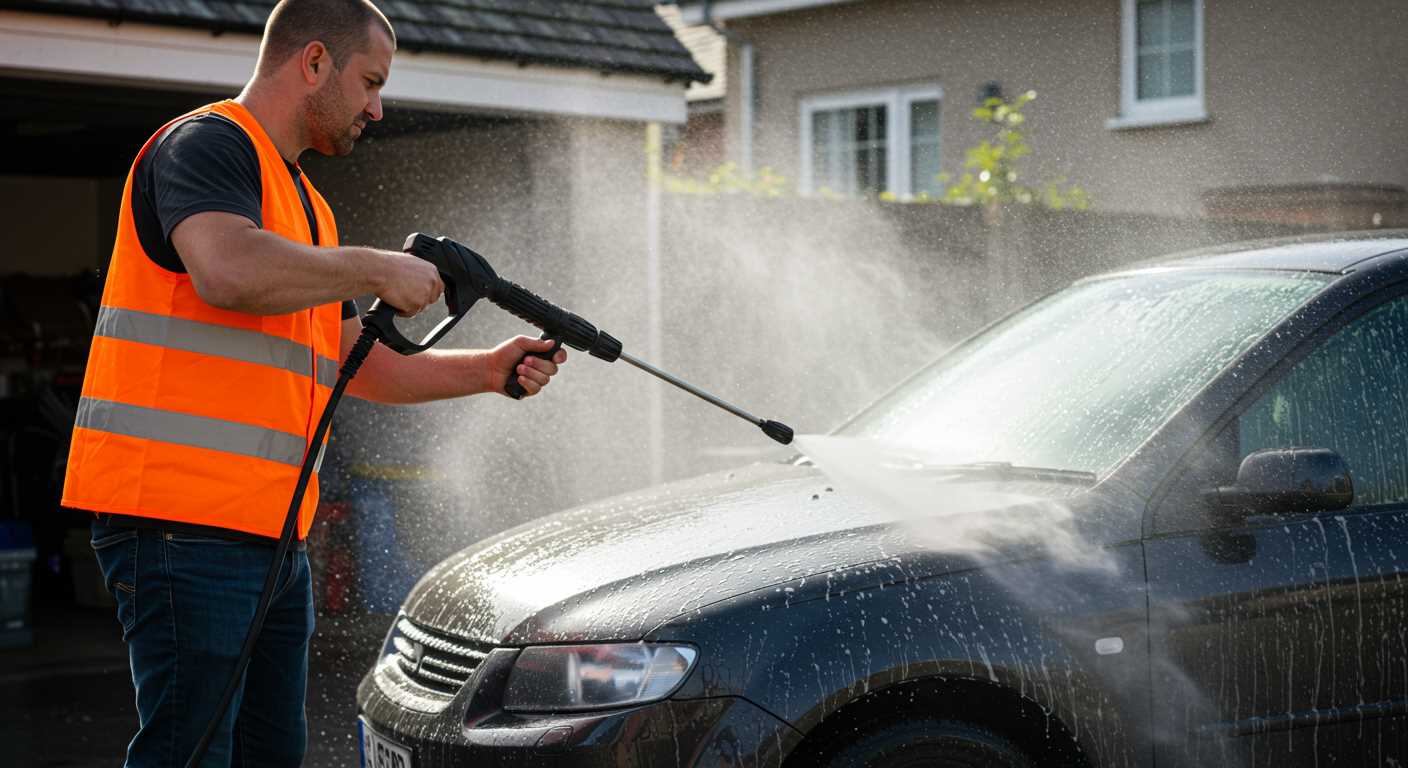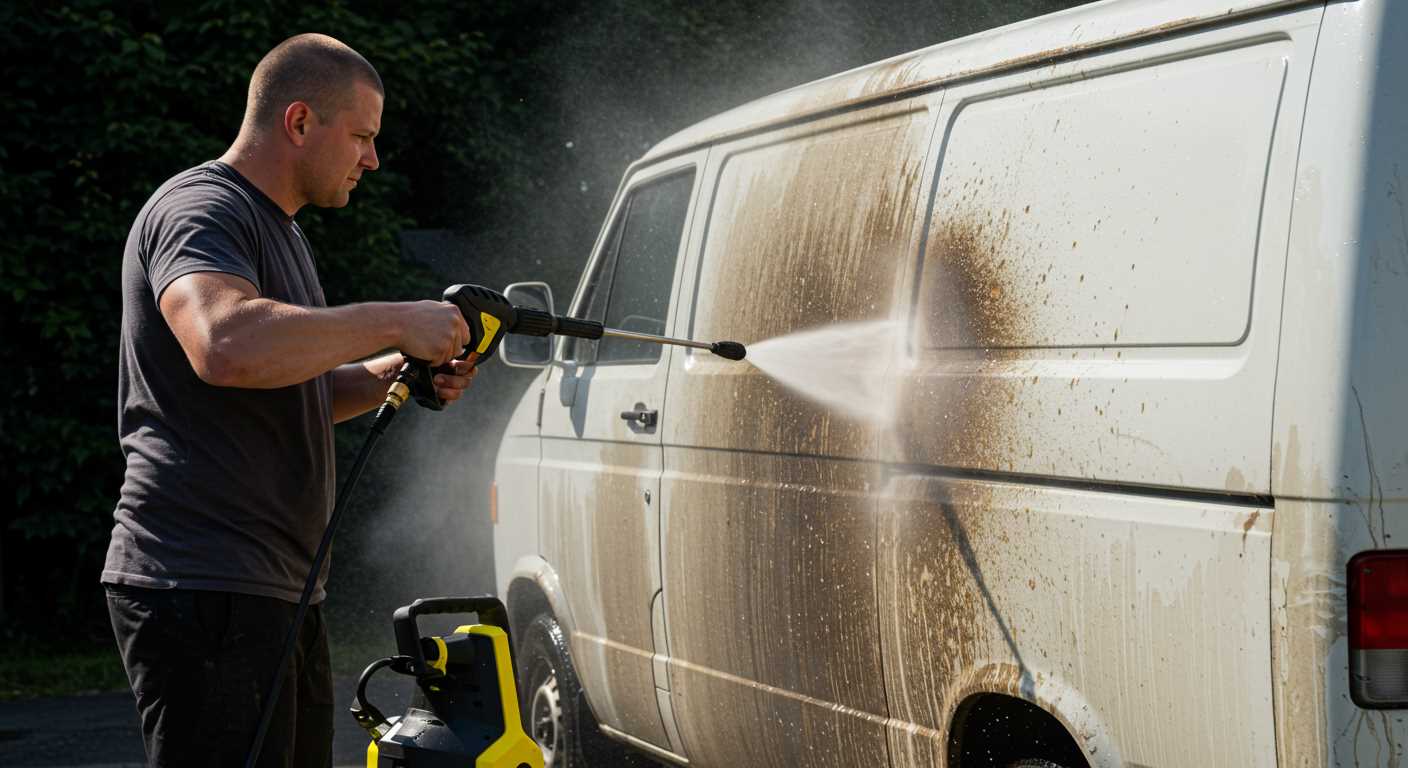



Learn all about pressure washer maintenance for both gas powered and electric models. Proper maintenance will help you get the most out of your unit.
Keeping your washer well maintained will go on long way in making sure you don’t have any problems and greatly increase the longevity of your machine. Maintenance of a petrol powered pressure washer and an electric model are similar for the pump and spray gun, however the engine on a gas washer requires much more maintenance than an electric model. So, I’ve broken maintenance into two sections, one on gas and one on electric washers, with the bulk of this article on gas powered machines. Here are some things that you can do right now to keep your pressure washer running at its best.
Proper Maintenance Helps To Ensure A Long Life For Your Gas Powered Pressure Washer
If you have a petrol pressure washer instead of an electric model, then you are going to have a few more maintenance issues to deal with. Most of these are common amongst any type of internal combustion engine from your pressure washer to your portable generator to your lawnmower. Here are some general guidelines that you can follow.
Oil Changes
When you first start using your pressure washer you should change the engine oil after the first 5 hours of use with a gasoline powered machine. After that initial oil change, most manuals will recommend an oil change yearly or after 50 hours of use. If you’re using your machine in very hot weather or in extremely dusty or dirty conditions then you may need to change the oil more often. Refer to your Owner’s Manual for the type of oil that your machine takes and for specific instructions on how to change the oil.
Follow the Service Schedule In Your Manual
Next on the service schedule, after every 8 hours of usage, or daily if you are using the machine more than 8 hours, you need to do the following. It’s easiest just to perform these tasks each time before you use the unit.
- Check the spray gun and assembly for leaks.
- Check the high pressure hose and see if there are any leaks or cracks.
- If your washer model has a hose that draws in cleaning solution, as oppose to a container built into the unit, you’ll need to make sure that’s not leaking either.
- Clean off the water inlet screen by pulling it out and running it under warm water. The inlet screen can be found where you connect your garden hose to the washer. Sometimes debris can clog up the screen.
- Check the oil level and make sure that there are no leaks.
- Let your garden hose run for a minute or two, before you connect it to your washer, to flush out any minerals or debris that may have settled in the hose.
After 25 hours of use you should check the engine air cleaner and see if any dirt or dust has built up on there to block it. If you operate your unit in dusty conditions then you’ll want to check it more often. Then yearly you need to check the nozzle attachments and spray gun for wear and tear, inspect the spark arrester and muffler, clean the cooling system, and clean or replace the air filter and the spark plug. Your engine will last much longer and run better with a new spark plug and a nice clean air filter. Both help balance the fuel and air mixture ensuring a smooth running engine.
Cleaning Your Washer
You should always try to keep your cordless pressure washer clean as well. Each time before you use it you should clean any debris that has built up on it. This can happen very easily as I’ve seen from pressure washing my patio. Dirt always splashes back onto your washer and gets caked on there.
A soft bristle brush will allow you to clean your machine thoroughly on the exterior as well as around the cooling air slots and other openings on the unit that could get obstructed. Don’t try to insert any object into the slots though as that can cause damage.
Servicing the Spark Plug
By always having a fresh spark plug and changing it at regular intervals as directed by your Owner’s Manual you can help to ensure that you engine will run better and start easier. You can also easily clean the area around the spark plug, remove and inspect it periodically, and check the electrode gap using a wire feeler gauge. If the electrodes are burned or the spark plug is cracked or damaged in any way, simply replace it.
Maintenance on the High Pressure Hose
Another important part of your power washer that you’ll want to check is the high pressure hose. This is the hose that goes from your washer’s engine to the wand. This hose is subject to extreme pressure and can develop leaks over time. Also if it gets kinked up it can become punctured so be sure not to twist it sharply in any way.
Check the hose for any bulges, abrasions, cuts, leaks or other types of damage. If you see anything like this, replace the hose right away. Never try to patch it or repair it. If it springs a leak, the high pressure washer can fire out and cut your skin and seriously injure you or others. When you get a replacement hose, make sure its maximum pressure rating equals or exceeds the rating of your machine.
Steps to Take Each Time After You Use Your Pressure Washer
- Turn off the engine, turn off the garden hose, and fire the trigger one more time to get rid of any pressurized water that is still in the nozzle.
- Engage the gun safety lock.
- Let the engine cool for a couple of minutes.
- Disconnect the high pressure hose from the engine and the spray gun and drain all of the water from each of the components.
- Place all of the nozzles, tips, spray gun, and hoses into the storage container, if your model has one. Some units even come with a hose reel for neatly winding up your hose and storing it.
- Pull the recoil handle to release any remaining liquids still in the pump. You shouldn’t leave any water in the washer for long periods of time as minerals and sediments in the water can settle on different parts of the pump and cause it to lock up.
- Wipe everything down with a dry towel.
- Roll or walk your washer over to a clean, dry area for storage. Don’t store your gas powered pressure washer inside the main part of your home as the gas fumes can be hazardous. If you plan to store your machine for longer than 30 days without using it, check out the next section on winterizing.
Long Term Winter Storage
Properly winterizing your power washer is also very important if you want it to start in the spring, especially if you live in an area where it gets down below freezing in the winter. Any little drops of water left in your machine will expand when they freeze and burst hose lines, and crack fittings and pumps. This applies to both gas and electric pressure washers. However, you can store electric washers inside your home so they aren’t exposed to the cold. Gas washers though should never be stored in your house because of potential gas fumes leaking out. Always keep them in the garage or storage shed.
You’ll also need to protect the fuel system when winterizing and preparing your gas pressure washer for long term storage. Fuel gets stale when you let it sit for more than 30 days and it can create gum deposits and acid build up which will damage your carburetor and fuel system. If you don’t drain the fuel out of the engine then you’ll need to add stabilizer in either liquid form or as a concentrate cartridge. Then just run the engine for about 2 minutes to properly circulate the stabilizer. With stabilizer you’ll be able to store your pressure washer for up to 24 months and have the fuel remain fresh. You should add the fuel stabilizer before you add the Pump Saver as discussed above.
Maintenance Is a Bit Easier for an Electric Power Washer

Most electric pressure washers are essentially maintenance free. However, you still need to keep your unit clean. Many of the same steps listed above about cleaning, apply to the pump and spray gun on your electric pressure washer. The other sections on engine maintenance for a gas powered engine do not apply. Here are some things that you can do to maintain your electric washer.
Shut Down and Clean Up
- Turn the switch on your machine off and unplug the cord from the outlet.
- Turn off the water.
- Pull the trigger one last time to release any pressurized water that may still be in the spray gun.
- Engage the trigger gun safety lock to prevent accidental squeezes.
- Disconnect your garden hose from the washer.
Keep the Water Inlet Filter Clean
The inlet filter is where you connect your garden hose to your washer. Minerals, sediment, and other debris from your garden hose and the water you use to pressure wash can build up over time and clog the inlet filter. To keep it clean and free of blockage, you’ll need to clean it periodically, typically after every 8 hours of use. To clean the filter, you’ll need to pull it out using flat-nose pliers, rinse it in warm water, and reinsert it.
Winterizing Your Electric Pressure Washer
Electric pressure washers can be safely stored inside your home or heated garage, unlike gas powered models. Therefore winterizing is minimal, unless you plan to leave it out in the cold, which I don’t recommend. After you finish using the washer for the last time, just turn on the machine for a few seconds until all the water that had been in the pump exits. You can then add Pump Guard to help lubricate all of the pump parts and prevent any potential damage caused by freezing. Your owner’s manual can tell you which brand to use and how to properly add it to your machine.

.jpg)
.jpg)
.jpg)


